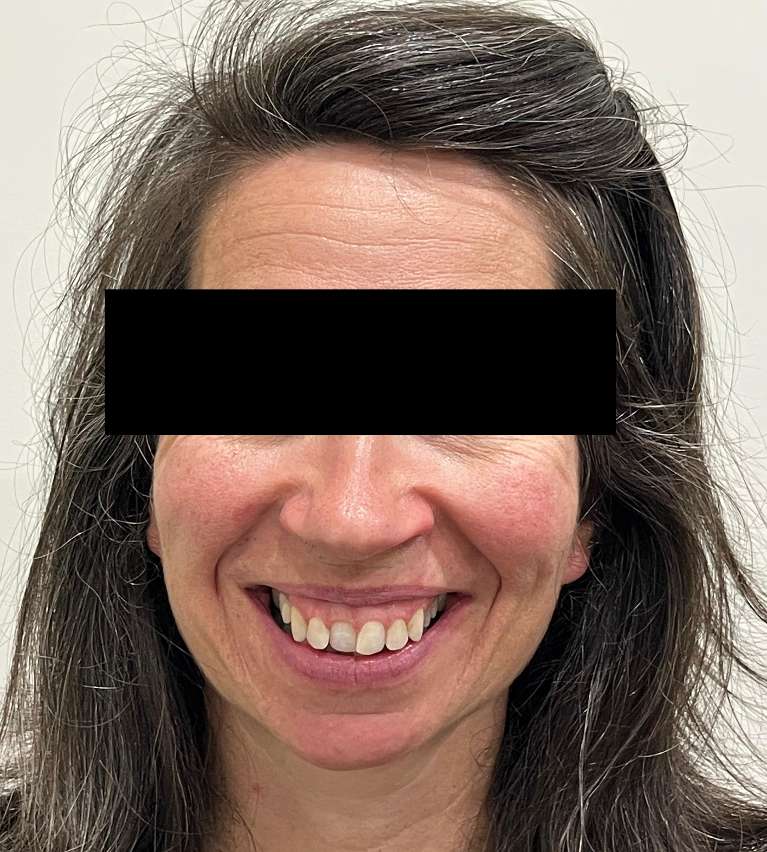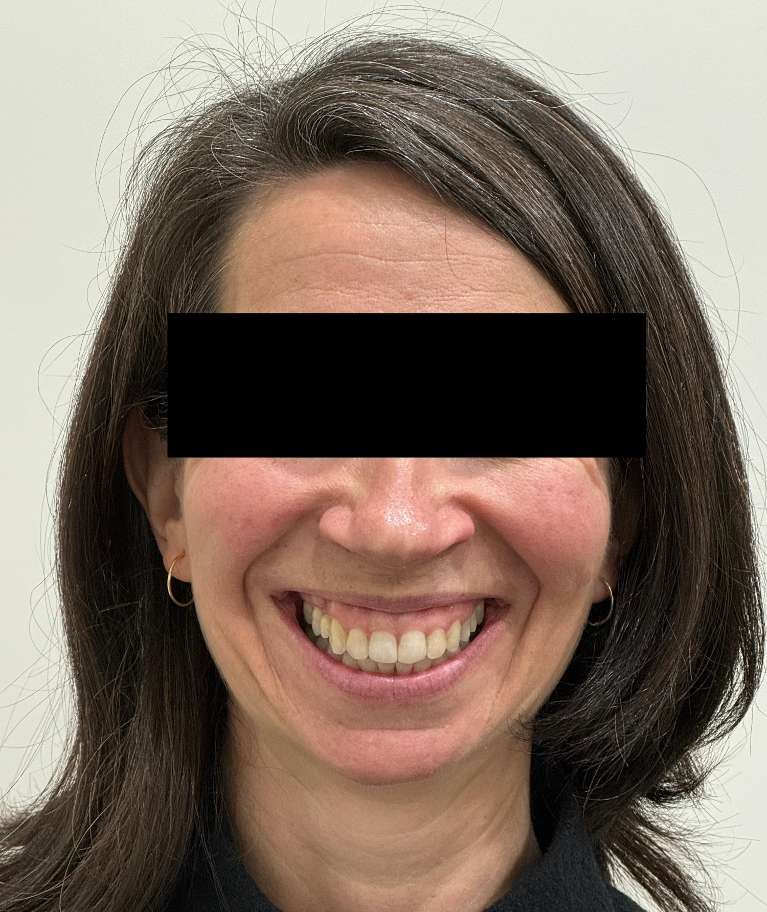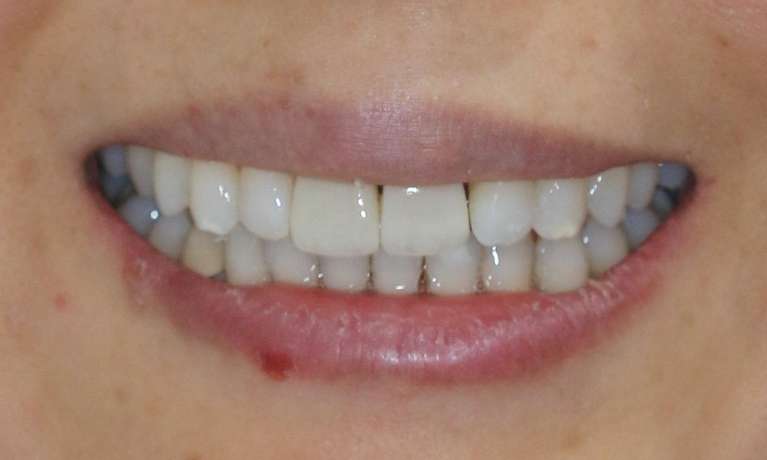Correct dental crowding and misalignment with InvisalignR
Crowded and misaligned teeth can nowadays be corrected with orthodontics. Other than the aesthetic concerns, misaligned teeth can also impact function such as chewing and speech. In some cases, the way the teeth meet can cause excessive and premature wear of the teeth.
Moving teeth into alignment involves applying light, continuous forces using either metal brackets and wires, fixed to the teeth or removable aligners.
At the Melbourne Smile Clinic, we offer orthodontic treatment with Invisalign removable aligners.


Do you need to see an orthodontist?
If your case is determined to be high in complexity, referral to a specialist orthodontist might be preferable for you and you will be advised on the matter.
How do Invisalign Aligners work?
Aligners work by applying continuous pressure on the teeth until they are in the desired position. A series of aligners is necessary. Each aligner is worn for 1 week and will exert pressure to varying degrees. The number of aligners needed will vary from case to case. Clear aligners used for teeth straightening are effective and barely noticeable when worn.
Tooth coloured attachments are usually necessary and are placed on certain teeth to allow more precise movements.
Teeth might also need a fraction of enamel (less than 1mm) on either side to be shaved off to create space for movement in cases where the teeth are crowded.
Clear aligners must be worn all day and night, except at meal times. However, they are barely visible during use. Even though, some initial lisping might occur during the first few days of use, most people get used to the aligners and are able to adapt their speech and not have any lisping after a while.
The patient's dentition must be carefully examined and analysed to determine suitability for Invisalign. Photos and digital scans of the teeth are taken for analysis to determine if your case can be suitably treated with Invalign.
How long does Invisalign treatment last?
The number of aligners needed determines the duration of treatment as each aligner has to be worn for at least a week. The number of aligners is determined by case complexity. The more crowding/misalignment, the more movement is needed and usually, this means more aligners. With mild to moderate crowding, wearing aligners for 6-12 months can lead to satisfactory results.
What if other dental treatment is needed as well?
Before Invisalign
Invisalign aligners are only used to move teeth into a better position. If other dental issues are detected, these will have to be addressed before Invisalign is started.
Before starting Invisalign treatment, it is important to ensure that teeth are free of decay and gums are healthy. A 3D digital scan and radiographs (x-rays) will be taken. These will help in the diagnosis of gum disease and decay. Gum disease must be treated with hygiene appointments and decayed teeth must be fixed with fillings prior to Invisalign.
After Invisalign
After finishing Invisalign treatment, teeth that are worn down or misshapen can then be restored using an appropriate material such as resin composite, ceramic veneers and/or crowns. Missing teeth can also be replaced with a bridge or implant. It is better to move the teeth in the correct position before placing veneers and/or crowns.
What would you look like with straighter teeth?
If you wish to discuss your Invisalign treatment further, give us a call on 90784471 or contact us here
Scans of your teeth will be taken so we can analyse the level of correction needed for the desired outcome. The number of aligners needed and duration of treatment will then be discussed with you.
For examples of Invisalign cases treated at the Melbourne Smile Clinic, visit out smile gallery.












